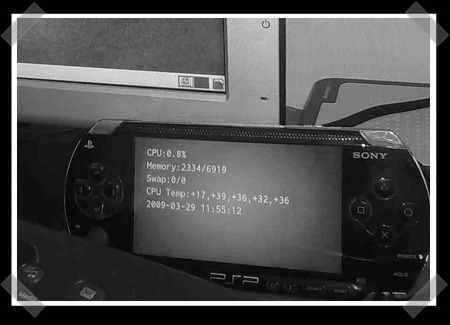![]()
[Epoch] Sent in this simple head tracking project using Lego pieces. He’s made a custom mount to hold 3 Lego light sensors on a baseball cap. Then, after modifying his webcam for IR with some floppy disk scraps, he loads up the free-track software and can control his games. For convenience, he has programmed the Lego Nxt to only turn on the lights while he’s holding a contact sensor. You can see it in action after the break. This appears to be very similar to [Johnny Lee’s] head tracking. Judging by the video, it’s not as smooth though.
















